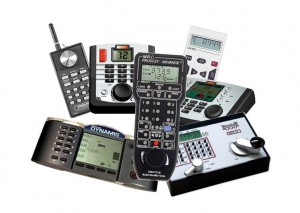Everything on model trains, model railroads, model railways, locomotives, model train layouts, scenery, wiring, DCC and more. Enjoy the world's best hobby... model railroading!
Decoding the Decoder Space
Which DCC system is the best?
Most in the hobby have their own personal preference with regards DCC systems. There is a variety of brands (manufacturers) available, and generally most of them are very good. In many situations it just boils down to price, brand preference, and/or individual requirements.
After finally deciding to use DCC on your railroad, and carefully choosing your command station manufacturer, you’re not quite finished with the selection options. It’s now time to decide exactly what train or accessory functions you’ll want to control using your new DCC system. And, that’s one of the big advantages with DCC. With DCC control you will be able to select from a countless range of decoder hardware to meet your requirements regardless of the manufacturer.
Are NMRA standards necessary?
The NMRA standards have established the guideline so virtually any brand of decoder will operate with any compatible command station. Although some manufacturers do supply additional capability that is unique to their products, for the most widely used command station/decoder functions, all decoders have compatibility with all command stations if they are NMRA compliant.
How do decoders work?
Each decoder is like a brain in a DCC system. Decoders interpret each command that goes on the rails, and performs some action such as setting the locomotive direction or speed, or perhaps turning on lights. Decoders are separated into 2 general types; fixed and mobile, or accessory decoders.
The mobile decoders can also be broken into 3 sub-categories: sound, function, and a combination sound/function. Continue reading more on DCC decoders here…





















Leave a Reply